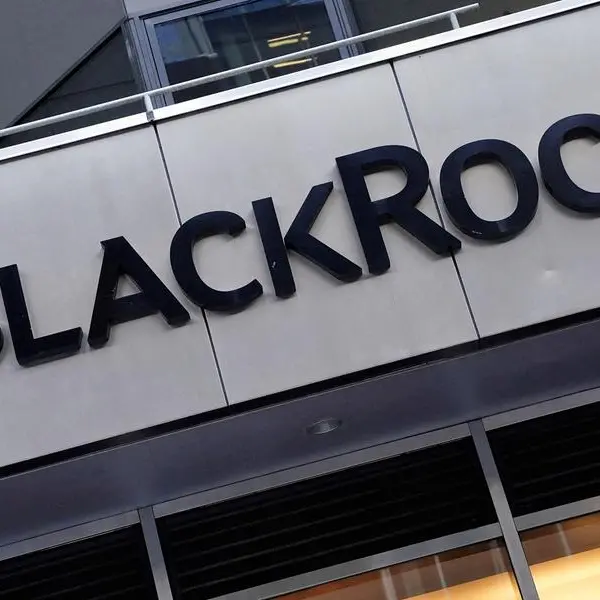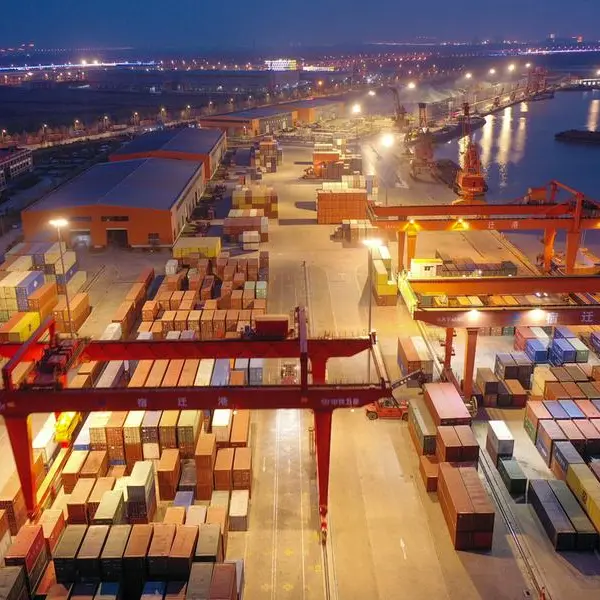The trajectory of e-commerce growth in 2021 has confirmed that lockdown shopping habits are here to stay. Following two years of doorstep deliveries and online shopping sprees, consumers have come to expect personalisation, convenience and flexibility from their retail experience. These factors will shape the development of e-commerce in 2022 and beyond.
In general, the focus for this year will be on making payment processes as frictionless as possible. This will be accomplished by minimising the barriers of buying – from alternative payment methods to improved banking integration across the board. The result will be faster checkouts, more streamlined transactions, and an overall improvement in inclusion and access to the digital economy.
To realise these changes, the industry is rapidly developing a host of new technologies, but five trends are leading the pack.
1. Buy now pay later
The buy now pay later (BNPL) model lets customers make immediate big-ticket purchases while spreading out their payments – with zero interest. Already popular overseas, we expect BNPL to grow from strength to strength in South Africa over the next year. With better integration into consumer bank accounts and digital wallets, BNPL will become more accessible and inclusive as a short-term finance solution moving forward.
Within two months of the launch of MoreTyme on the PayFast platform, a BNPL feature released by TymeBank, more than 600 businesses successfully implemented the payment method on their online stores – highlighting local appetite for alternative payment methods.
2. Direct-to-consumer commerce
Under lockdown, PayFast saw an increase in direct-to-consumer sales via their own websites, since third-party distributors – such as restaurants, in the case of alcohol sales – were restricted. For businesses, this presented an opportunity to develop and nurture one-on-one relationships with their consumers.
As a result, an increasing number of consumers now enjoy the feeling of an authentic connection, which arises when making purchases directly from a brand they support. Moving forward, businesses will leverage social media channels and micro-targeted campaigns to cement these brand-to-consumer relationships.
3. Rapid payments programme
Currently in development and expected to go live in 2022 in South Africa, this next-generation banking concept aims to provide people with the ability to make instant digital payments between banks using simple identifiers, such as mobile numbers or email addresses. The programme is designed to increase access to digital payments for the un- and underbanked, who have traditionally relied on cash as their primary payment method.
As more banking and fintech players enter the local market, we’ll see further steps towards interoperability and platform integration between the different financial service providers. This will result in easier, more seamless methods of digital transactions, which builds on the current trend towards a cashless society.
4. Contactless payments and digital wallets
Last year, PayFast saw a 178% increase in QR code payments, which made up 3.5% of all transactions on the system, a significant increase from previous years. Spurred by a shift in shopper behaviour in-store, as a result of the pandemic, the increase highlights the accelerated usage of payment methods such as scan-to-pay and digital wallets for online shopping.
Moving forward, we expect to see more platforms introducing a direct link between your digital wallet and bank account as well as support alternative stores of value, in addition to the South African rand. These developments will further streamline peer-to-peer payments and digital purchases.
5. New stores of value
While money is set to retain its status as a primary store of value, the rise of quirkier and more diverse options is changing the way people transact online. In addition to dollars and euros, loyalty rewards and cryptocurrencies are becoming increasingly popular mediums of exchange.
We’re also seeing interest in things like non-fungible tokens (NFTs), which – although complex and sometimes frustrating to try and understand – has provided a new way for digital artists and creators to make money using blockchain technology. Although unlikely to go fully mainstream – the rising trend of alternative stores of value are of interest for us going forward.
One of the surest signs of e-commerce growth is that the fastest-growing age group of online shoppers is 65+, with a 127% increase in users in 2021. This indicates that younger shoppers have reached higher penetration levels overall, which results in a lower growth rate among younger shoppers.
Despite this, the number of unique shoppers on Black Friday increased by as much as 30% with PayFast. For businesses, this demonstrates that an online presence is increasingly necessary to reach new consumers from the growing pool of first-time online shoppers.
At the same time, this doesn’t mean that businesses should commit to an exclusively digital storefront. We’ve seen a number of big retailers start out online, before successfully opening a brick-and-mortar store. This demonstrates the sustained demand for physical touchpoints, such as pop-up shops or showrooms, to complement a virtual presence. If the pandemic has taught us anything, it’s that people still seek real connections.
All rights reserved. © 2022. Bizcommunity.com Provided by SyndiGate Media Inc. (Syndigate.info).






















